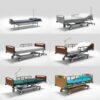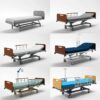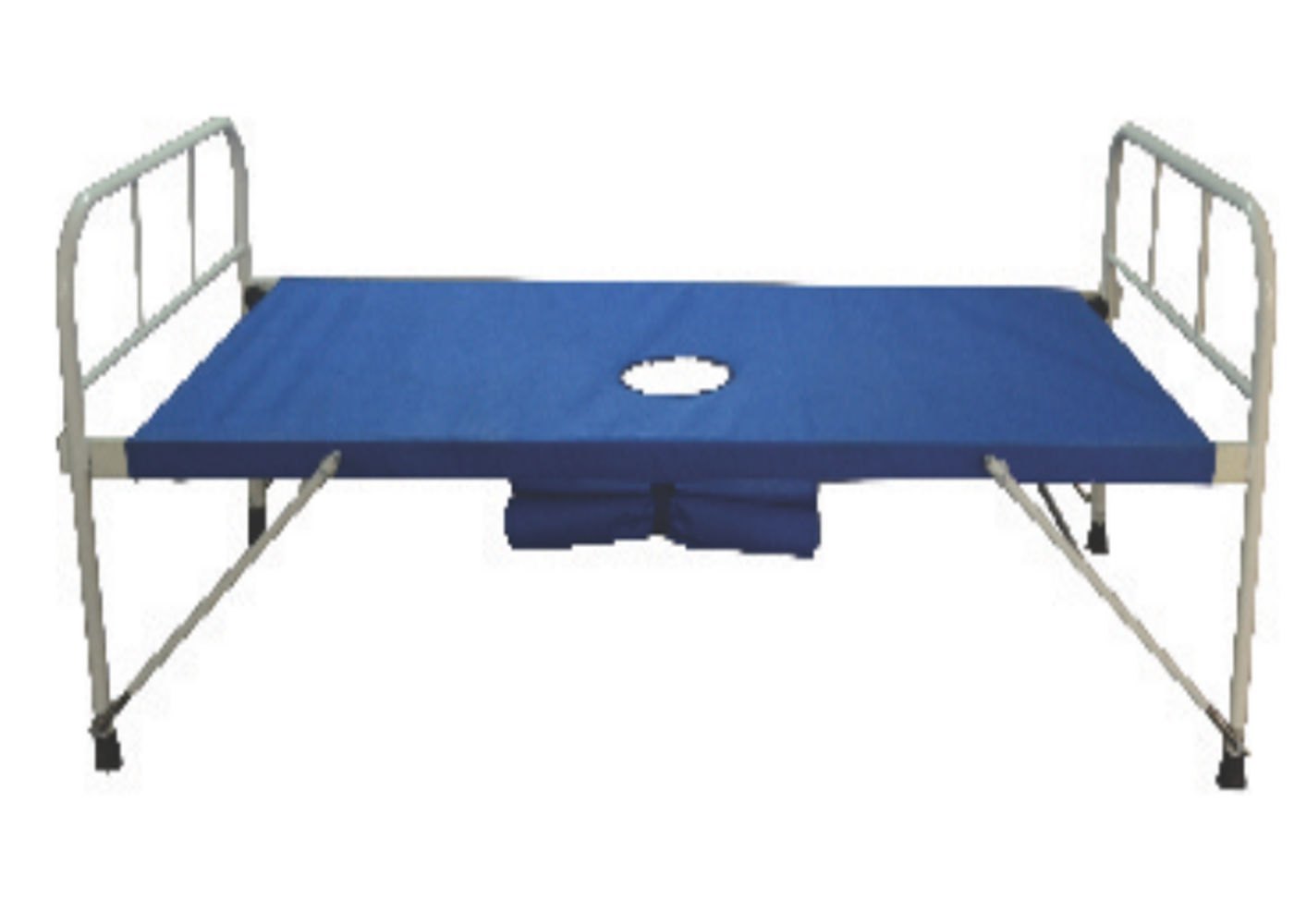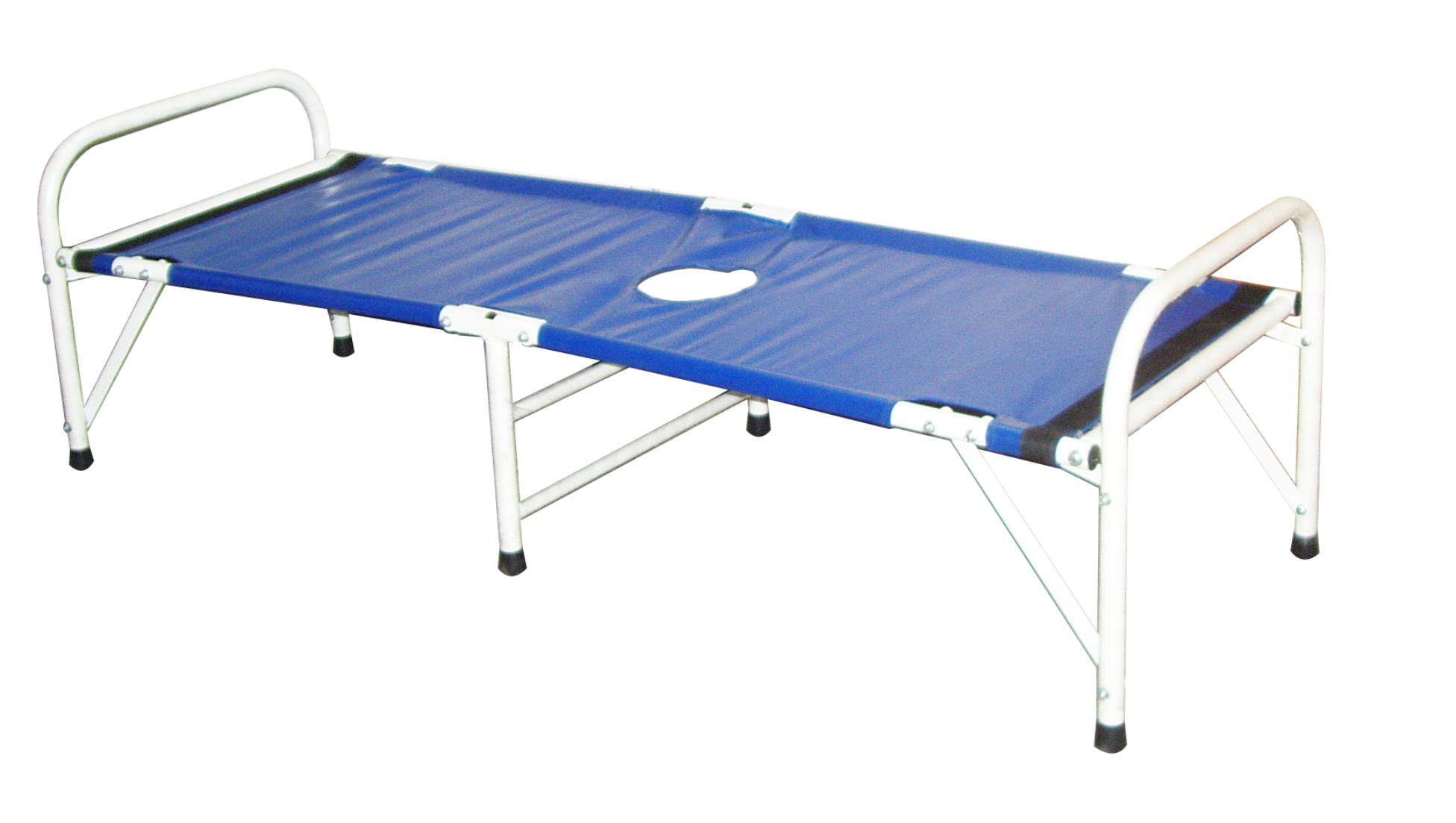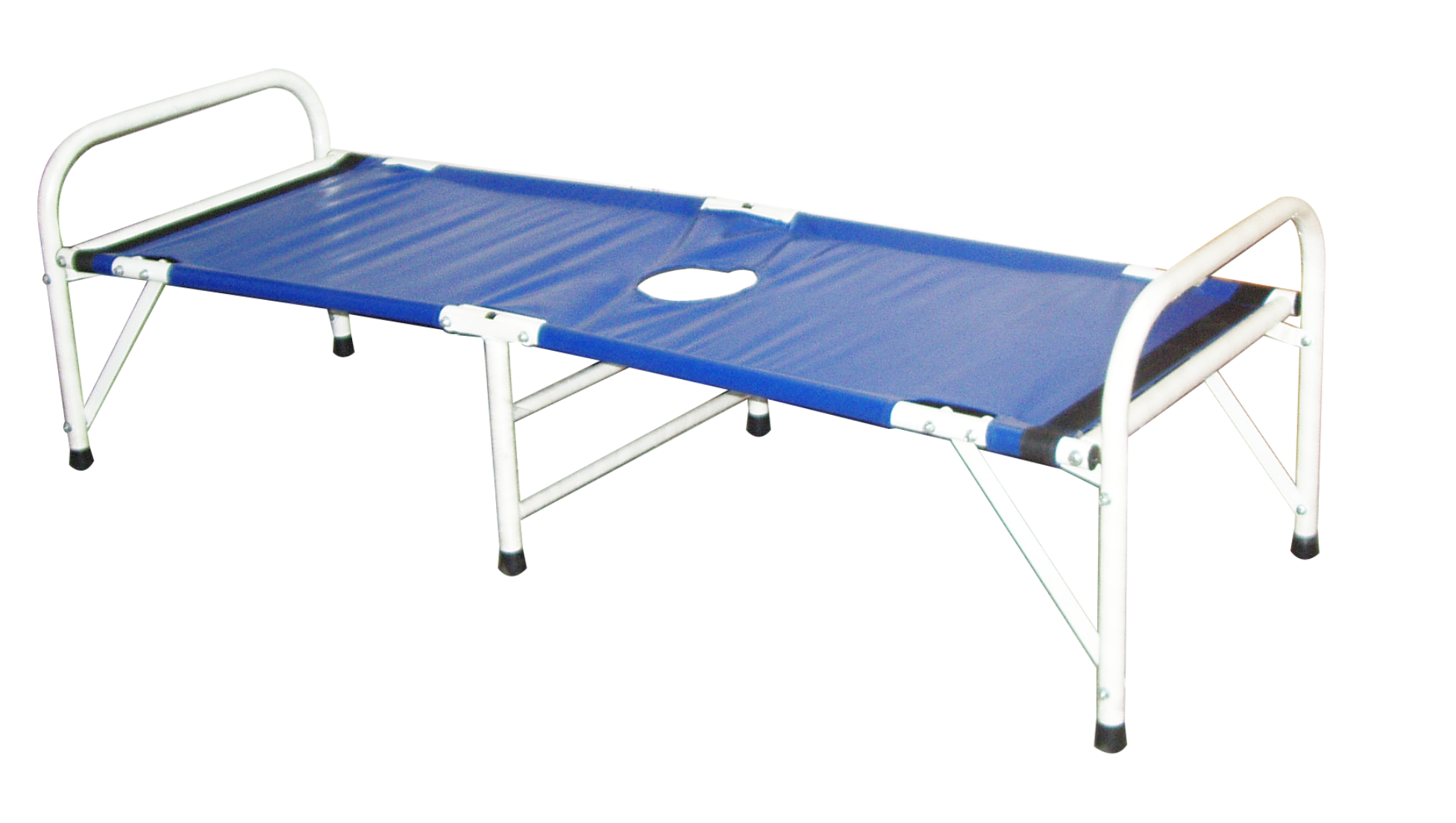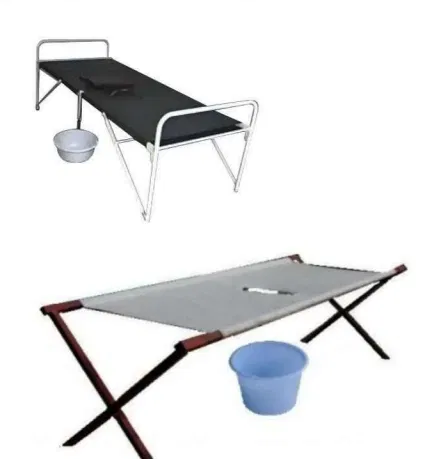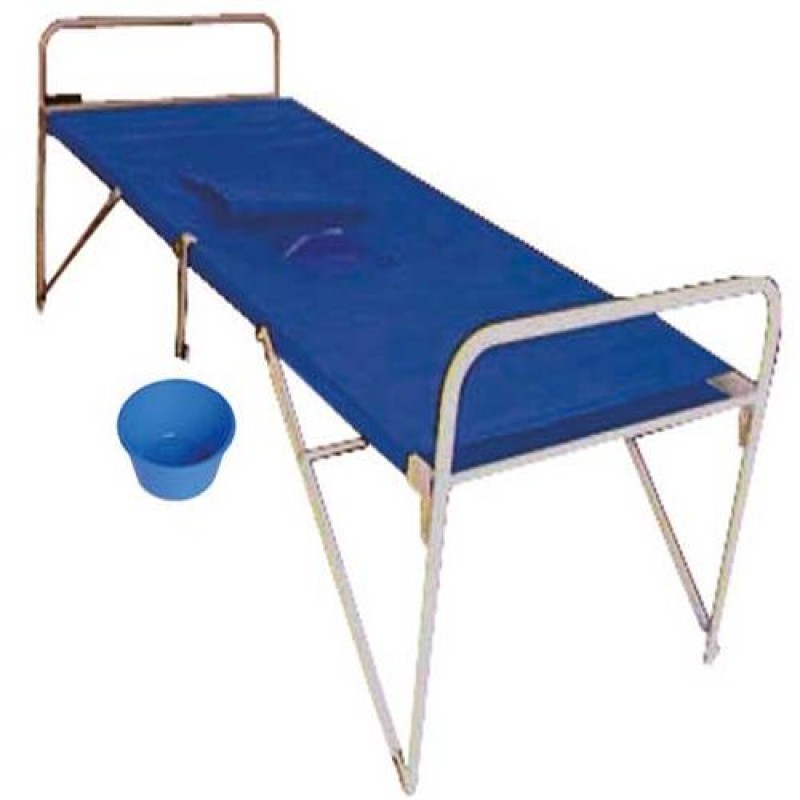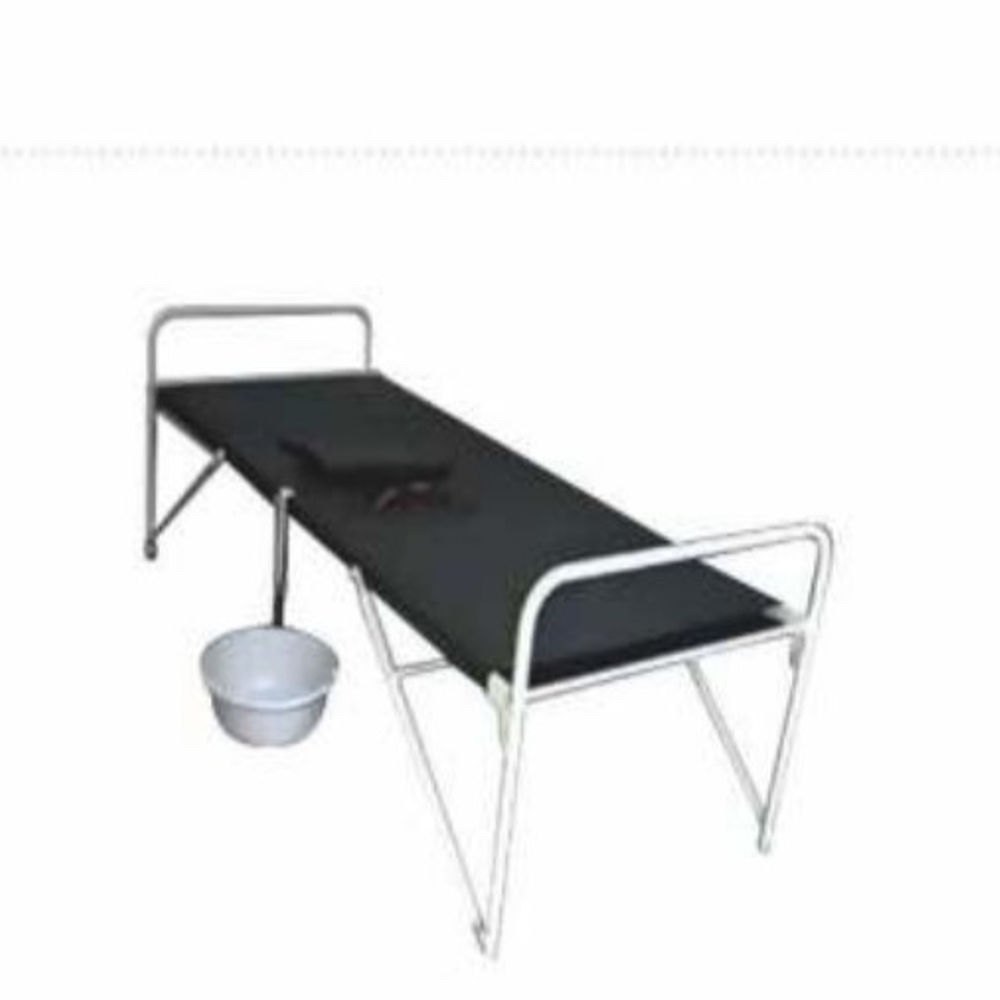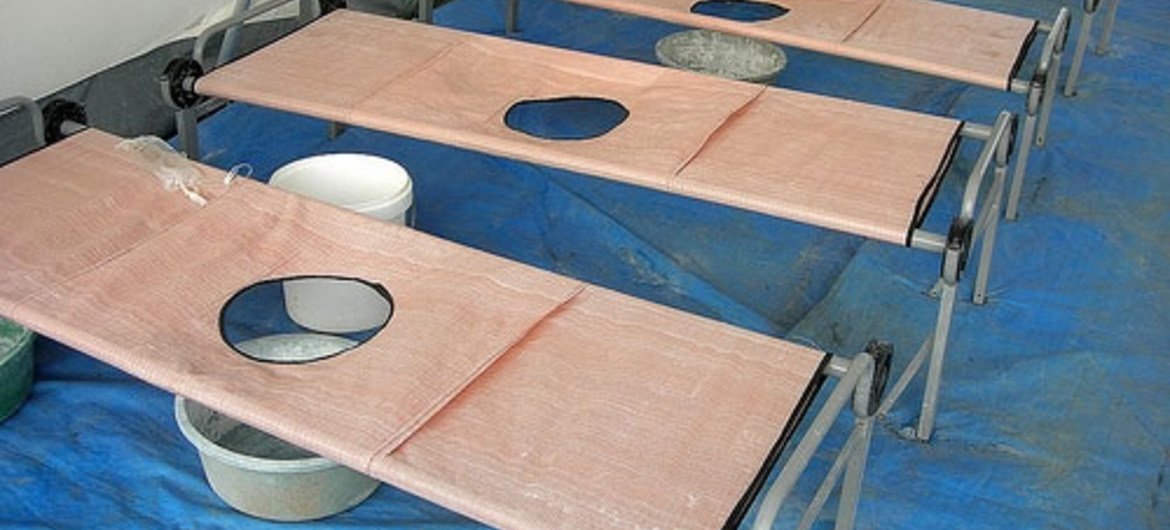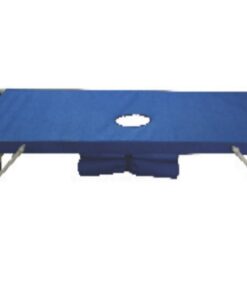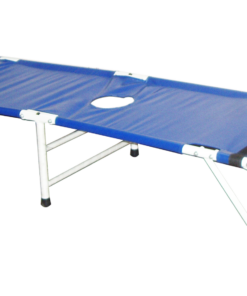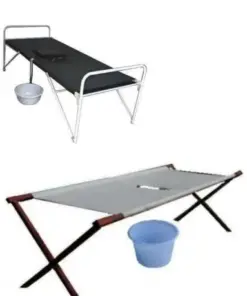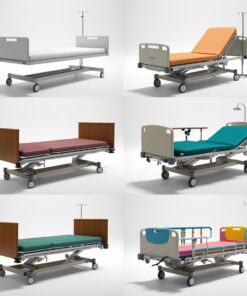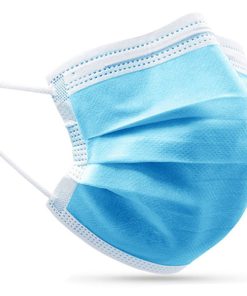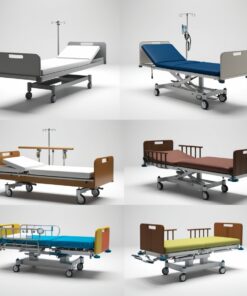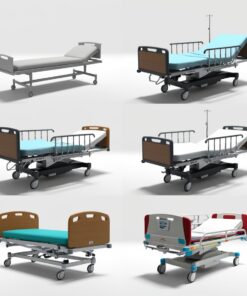Cholera Treatment Station Bed
R2,365.00 Ex VAT
Cholera beds are specialized hospital beds designed to manage and treat patients with cholera, a severe diarrheal disease. These beds are structured to handle high volumes of liquid waste efficiently and hygienically. Here are different types of cholera beds and their alternative names:
Types of Cholera Beds
Standard Cholera Bed
Description: A simple cot or bed with an opening in the center, covered by a waterproof sheet. Below the opening, a bucket or container is placed to collect waste.
Alternative Names: Cholera cot, cholera treatment bed.
Portable Cholera Bed
Description: Lightweight and easy to assemble and disassemble, designed for quick setup in emergency situations or field hospitals.
Alternative Names: Mobile cholera bed, field cholera bed.
Adjustable Cholera Bed
Description: Allows for adjustment of the bed’s height and position to improve patient comfort and care efficiency.
Alternative Names: Adjustable cholera cot, variable-height cholera bed.
Pediatric Cholera Bed
Description: Specifically designed for children, smaller in size but with the same functionality as standard cholera beds.
Alternative Names: Child cholera cot, pediatric cholera treatment bed.
Inflatable Cholera Bed
Description: Made from durable, inflatable materials for rapid deployment and ease of transport.
Alternative Names: Inflatable cholera cot, blow-up cholera bed.



